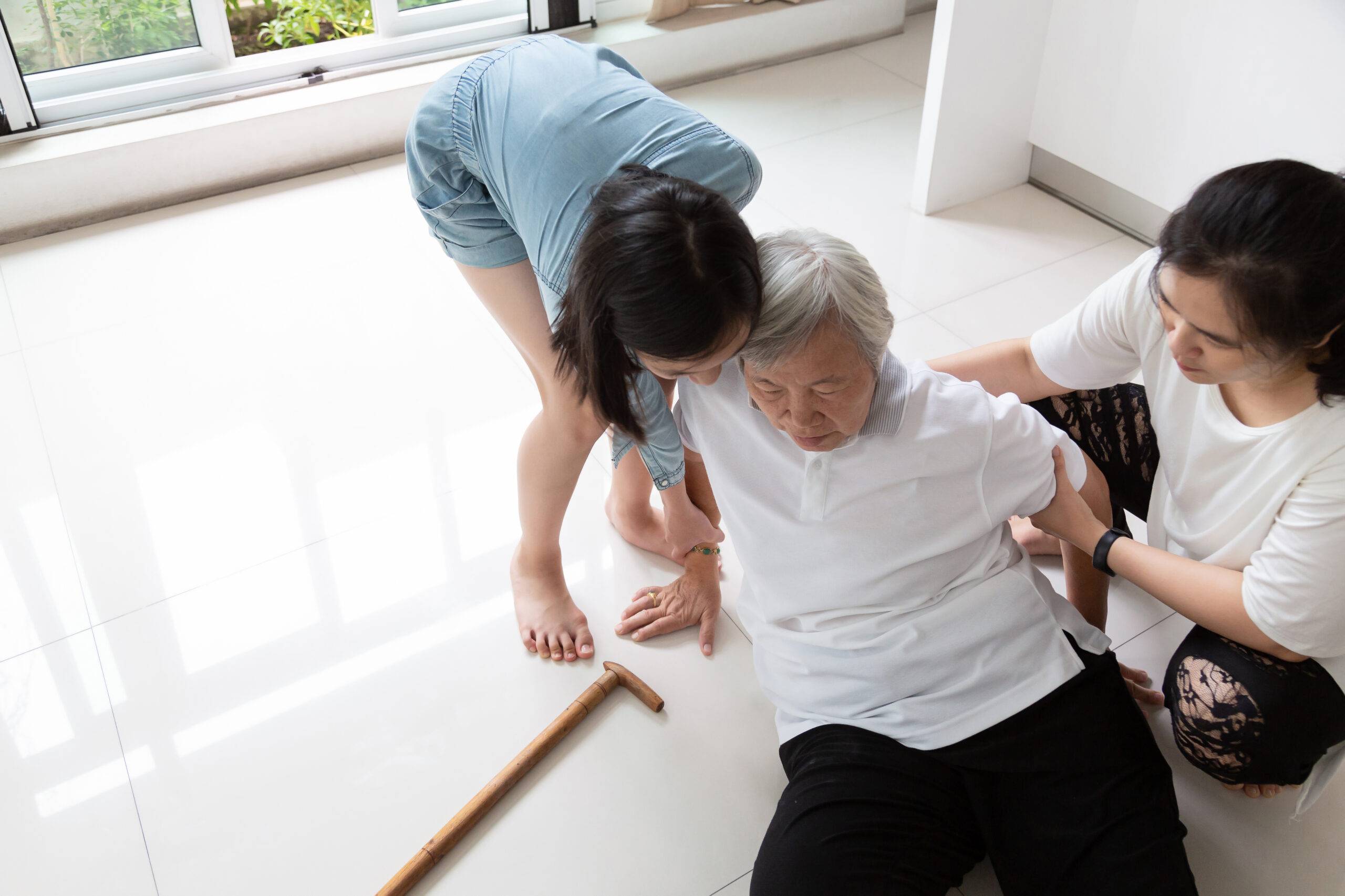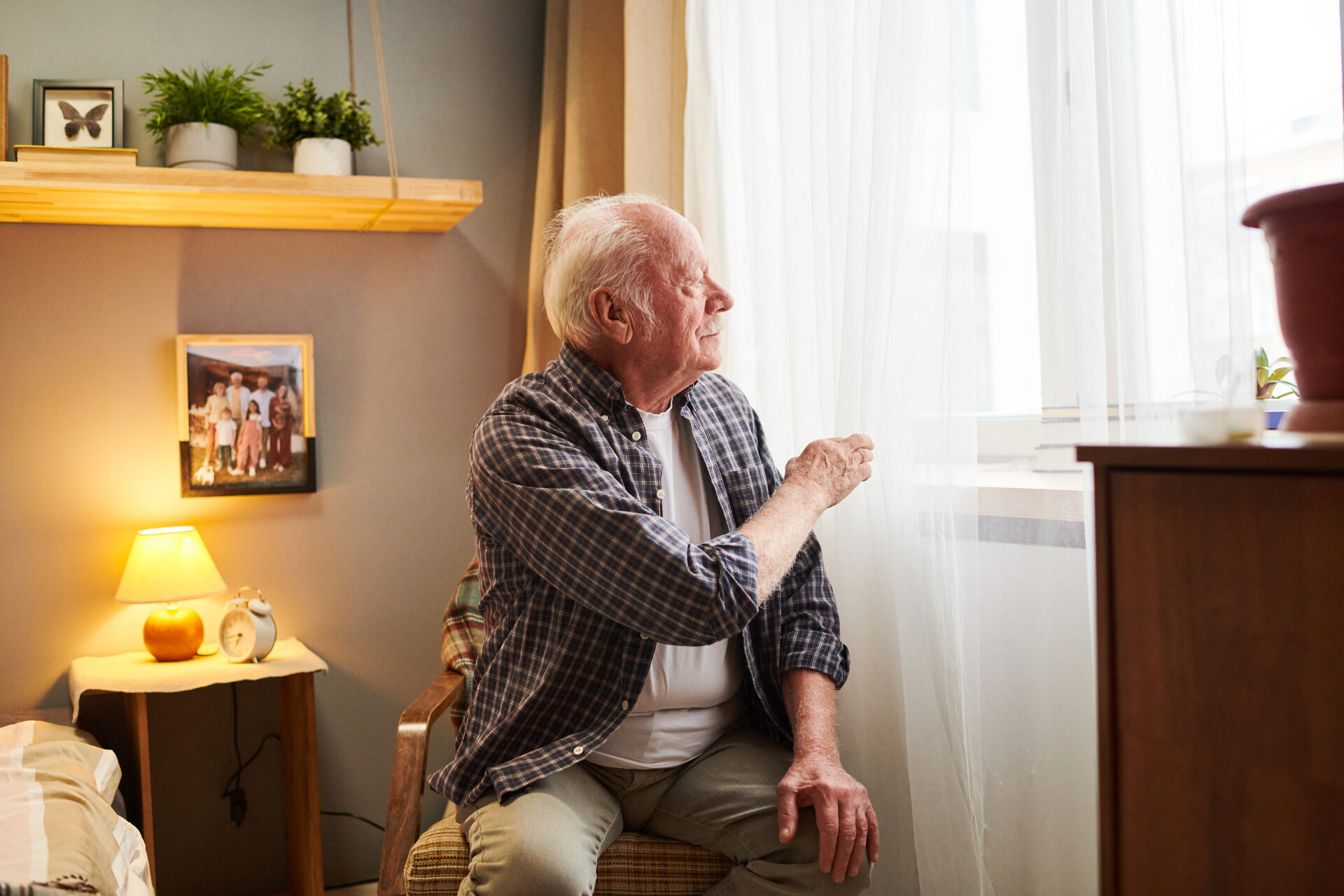In the realm of physical therapy, ensuring the safety of patients is paramount. With the integration of modern technology, fall detection in physical therapy sessions has become a vital component to safeguard patients and enhance their recovery journey. This article delves into the significance of fall detection, its role in therapy, and how it benefits both therapists and patients alike.

Understanding Fall Detection
Fall detection refers to the ability to identify when a fall has occurred. In physical therapy, this is crucial as patients, especially those recovering from injury or surgery, are at increased risk of falls. Early detection can prevent further injury and ensure timely medical intervention.
The Importance of Fall Detection in Therapy
Incorporating fall detection systems in therapy sessions helps maintain a safe environment. It enables therapists to focus on treatment without constantly worrying about potential accidents. By using technology such as IoT sensors, therapists can monitor patient movements and receive alerts in real-time.
How Fall Detection Works
Modern fall detection systems use a combination of sensors and algorithms to detect unusual movement patterns. These systems can differentiate between normal movements and falls, ensuring accuracy in detection.
Types of Fall Detection Systems
- Wearable Devices: These are worn by patients and track their movements. If a fall is detected, an alert is sent to the therapist or caregiver.
- Non-Intrusive Sensors: Placed in therapy rooms, these sensors monitor the environment and detect falls without requiring the patient to wear any devices.
Benefits of Fall Detection in Therapy
The integration of fall detection in therapy sessions offers numerous benefits:
Enhanced Patient Safety
By ensuring that falls are quickly detected and addressed, patient safety is significantly improved, reducing the risk of additional injuries.
Improved Therapy Outcomes
With a focus on safety, therapists can concentrate on delivering effective treatments, leading to better recovery outcomes for patients.
Increased Confidence for Patients
Knowing that they are being monitored for falls, patients often feel more secure and willing to engage in their therapy sessions actively.
Challenges in Implementing Fall Detection
Despite its benefits, there are challenges in implementing fall detection systems in physical therapy:
Cost Considerations
The cost of installing and maintaining these systems can be high, making it a barrier for some therapy centers.
Privacy Concerns
Some patients may have concerns about privacy, especially with systems that use cameras for monitoring. However, solutions like Privacy-Friendly Fall Detection are available to address these issues.
Technical Limitations
While technology has advanced, no system is foolproof. Technical glitches can lead to false alarms or missed detections.
Future of Fall Detection in Therapy
The future of fall detection in therapy looks promising with advancements in AI and machine learning. These technologies will enable even more accurate detection and possibly predict falls before they happen.
Integration with Smart Technologies
The integration of fall detection with IoT Sensors and other smart technologies will further enhance patient safety and therapy outcomes.
Personalized Therapy Sessions
With better data from fall detection systems, therapy sessions can be personalized to address the specific needs and risks of each patient.
Conclusion
Incorporating fall detection in physical therapy sessions is a step forward in enhancing patient safety and improving therapy outcomes. While challenges exist, the benefits far outweigh the drawbacks, making it a worthwhile investment for therapy centers. As technology continues to evolve, the future promises even more effective and personalized care for patients.

FAQ
What is the primary purpose of fall detection in therapy?
The primary purpose is to improve patient safety by quickly identifying and addressing falls to prevent further injury.
Are there non-intrusive fall detection options available?
Yes, there are non-intrusive options such as sensors placed in therapy rooms that do not require patients to wear any devices.
How does fall detection improve therapy outcomes?
By ensuring a safe environment, therapists can focus more on treatment efficacy, leading to better recovery outcomes for patients.
This article contains affiliate links. We may earn a commission at no extra cost to you.






